Tungsten Oxide: Green Hope for Photocatalytic Degradation of Organic Pollutants
- Details
- Category: Tungsten Information
- Published on Saturday, 22 February 2025 10:56
In the context of increasing environmental awareness today, how to efficiently degrade organic pollutants has become an important topic in the field of scientific research. Tungsten oxide (WO₃-x), as an emerging photocatalytic material, is gradually emerging in this field and has attracted the attention of many researchers. Its emergence has brought new hope and possibilities for solving the problem of organic pollutants.
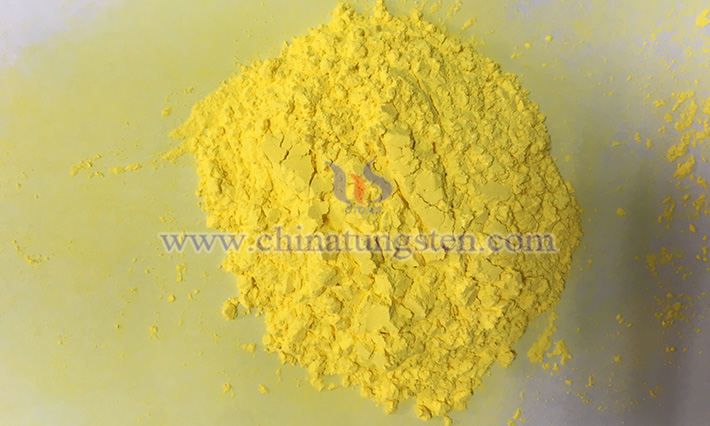
1. Basic characteristics of tungsten oxide
Tungsten oxide, an inorganic compound made up of tungsten and oxygen, has a unique crystal structure consisting of tungsten-oxygen octahedrons. The tungsten atom is located at the center of the octahedron and the oxygen atom is located at the vertex. This structure endows tungsten oxide with good thermal stability, allowing it to maintain its own structure and properties at high temperatures.
From a physical perspective, tungsten oxide usually appears as a yellow powder, odorless, with a melting point of about 1473℃, a boiling point of about 1750℃, a density of 7.16g/cm³, and is insoluble in water. Chemically, tungsten oxide is not prone to react with common chemicals and can maintain its integrity in various chemical environments. However, it is not completely "invulnerable". It can react with alkaline solutions, such as sodium hydroxide solution and ammonia water, showing a certain acidity; it can also react with reducing substances, such as hydrogen and carbon, showing a certain oxidizing property.
In addition, tungsten oxide also has a series of unique optical and electrical properties, such as electrochromism, photoelectric color change, gas sensitivity, etc. These characteristics make it exhibit great application potential in fields like smart windows and gas sensors. For example, in smart windows, tungsten oxide can automatically adjust the transparency of windows according to changes in external light, achieving the dual goals of energy-saving and comfort; in gas sensors, it can keenly sense the concentration changes of harmful gases in the air, providing important data support for environmental monitoring. It is an N-type semiconductor material with a bandgap of 2.5-3.5eV, which gives it important application value in the field of electricity.
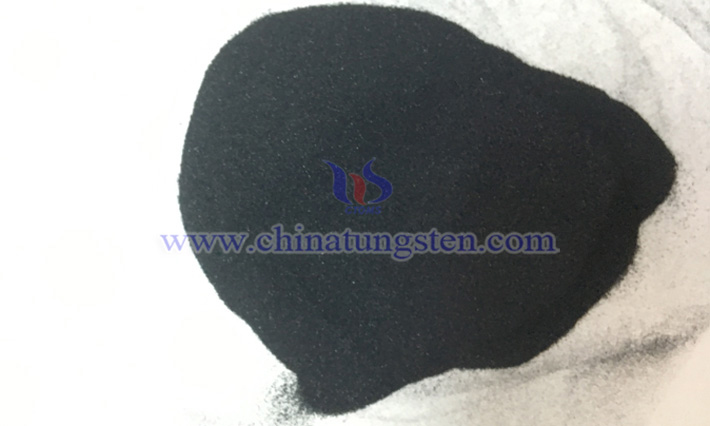
2. The principle of photocatalytic degradation of organic pollutants
Photocatalytic oxidation technology is an advanced wastewater treatment technology based on photochemical reactions, which has attracted much attention in the field of environmental protection in recent years. The principle is to use photocatalysts (such as titanium dioxide, zinc oxide and tungsten oxide) to absorb light energy under illumination conditions to trigger a series of chemical reactions.
When light with photon energy higher than the semiconductor absorption threshold irradiates a semiconductor photocatalyst such as tungsten oxide, the valence-band electrons of the semiconductor will undergo inter-band transitions from the valence band to the conduction band. This process is like electrons gaining energy and jumping from one energy level to a higher energy level, thereby generating photogenerated electrons (e⁻) and holes (h⁺). This is the starting step of the entire photocatalytic reaction and provides key charge carriers for subsequent redox reactions.
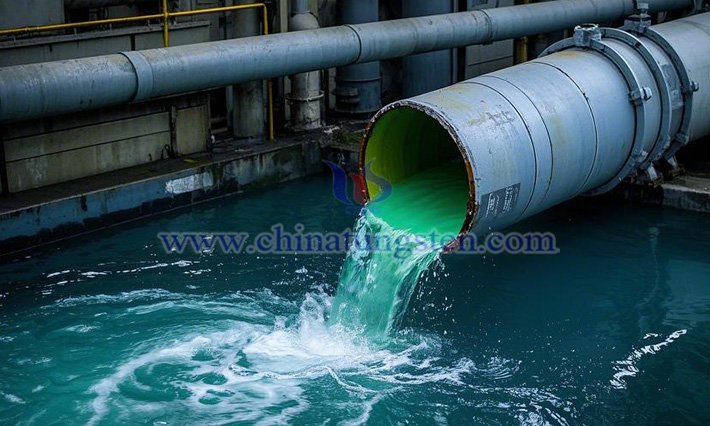
At this time, the dissolved oxygen adsorbed on the surface of the nanoparticles will quickly capture these photogenerated electrons to form superoxide anions. The holes show strong oxidizing properties, which will oxidize the hydroxide ions and water adsorbed on the catalyst surface into hydroxyl radicals. Both superoxide anions and hydroxyl radicals have extremely strong oxidizing properties and can be called the "nemesis" of organic pollutants. They can react with organic pollutants to oxidize and gradually degrade these stubborn organic pollutants into carbon dioxide, water and other harmless substances, just like disassembling macromolecular organic pollutants into small-molecular harmless substances, thereby achieving effective removal of organic pollutants.
The entire photocatalytic process is a complex oxidation-reduction reaction, and light, catalyst and oxygen are indispensable. Photocatalysts convert light energy into chemical energy, and oxygen participates in the reaction as an oxidant, jointly promoting the degradation of organic pollutants.
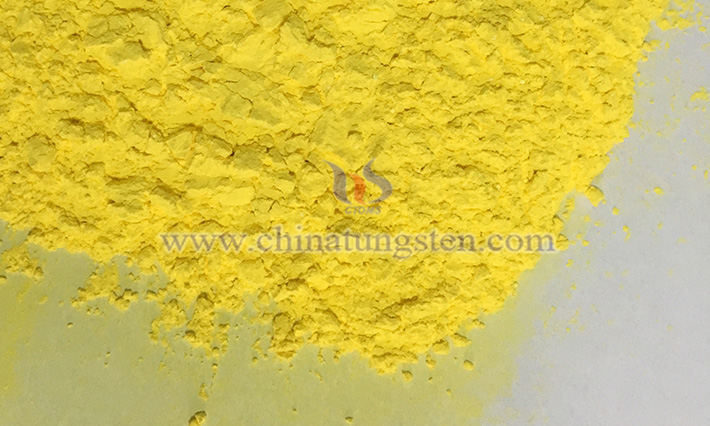
3. Performance of tungsten oxide in photocatalytic degradation
High degradation efficiency
Tungsten oxide has shown remarkable high degradation efficiency in photocatalytic degradation of organic pollutants. In the treatment of printing and dyeing wastewater, when a system containing tungsten oxide is irradiated with visible light of a specific wavelength, the degradation rate of organic dyes (such as methylene blue) in the printing and dyeing wastewater can reach more than 90% within several hours, significantly reducing the chromaticity and chemical oxygen demand of the wastewater. In the treatment of pharmaceutical wastewater, the degradation efficiency of tungsten oxide for complex organic pollutants such as antibiotics and sulfonamides can also reach about 80%, effectively reducing the harm of wastewater to the environment.
Wide applicability
Tungsten oxide has good degradation ability for a variety of organic pollutants, including alkyl compounds (such as alcohols, aldehydes), aromatic compounds (such as phenol) and difficult-to-biodegrade organic matter (such as polycyclic aromatic hydrocarbons and persistent organic pollutants). For example, in the experiment of photocatalytic degradation of phenol, tungsten oxide can gradually destroy its aromatic ring structure and eventually degrade it into carbon dioxide and water.
Stability
In terms of stability, tungsten oxide can still maintain its catalytic activity in high-temperature environments. Studies have shown that even at temperatures as high as hundreds of degrees, the crystal structure of tungsten oxide can still remain relatively stable without obvious phase change or decomposition. This means that in some high-temperature industrial wastewater treatment scenarios, tungsten oxide photocatalysts can still work normally and play their role in degrading organic pollutants. In acidic or alkaline environments, tungsten oxide also shows strong tolerance. In acidic or alkaline solutions of a certain concentration, tungsten oxide will not chemically react with acids and alkalis to lose its catalytic activity, and can stably exist and continuously catalytically degrade organic pollutants.
Durability
In terms of durability, tungsten oxide can operate stably for a long time. After repeated use, its catalytic activity has not decreased significantly. Related experiments have tested the repeated use of tungsten oxide photocatalysts. The results show that after dozens or even hundreds of photocatalytic degradation cycles, the degradation efficiency of tungsten oxide for organic pollutants can still be maintained at a high level. This feature greatly reduces the cost of use, making tungsten oxide more feasible in large-scale industrial applications. There is no need to frequently replace the catalyst, and this situation is more in line with the concept of environmental protection.
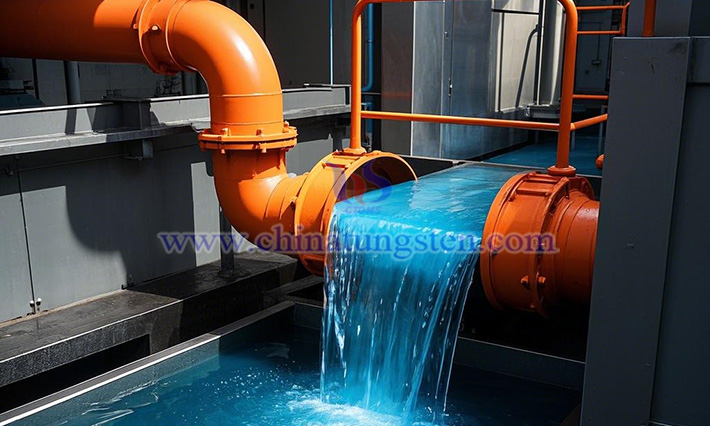
4. Factors affecting the photocatalytic performance of tungsten oxide
Crystal phase
Tungsten oxide has a variety of crystal phases, such as orthorhombic phase, monoclinic phase, hexagonal phase, etc. Tungsten oxide nanoparticles of different crystal phases show significant performance differences in photocatalytic degradation of organic pollutants. Studies have shown that, for example, the monoclinic-phase nanoparticles often have higher catalytic activity. This is because the crystal structure and electron-cloud distribution of different crystal phases are different, resulting in differences in their ability to absorb light and excite electrons. For example, the crystal structure of monoclinic tungsten oxide enables it to absorb light of a specific wavelength more effectively in some cases, thereby generating more photogenerated electrons and holes, providing more sufficient charge carriers for the photocatalytic reaction, and thus improving the photocatalytic degradation efficiency.
Particle size
The particle size of nanocrystals has a crucial influence on the photocatalytic performance. Nanocrystals with smaller particle sizes usually have higher photocatalytic efficiency. This is mainly because the specific surface area of nanocrystals increases significantly as the particle size decreases. The increase in specific surface area means that more active sites are exposed on the surface, which can fully contact with organic pollutants and increase the chance of reaction. Nanocrystals with smaller particle sizes can also shorten the diffusion distance of photogenerated electrons and holes, reduce the probability of their internal recombination, and enable photogenerated carriers to migrate to the surface more quickly to participate in the reaction, thereby improving the photocatalytic efficiency. Some studies have conducted photocatalytic degradation experiments on tungsten oxide nanocrystals of different particle sizes. The results show that when the particle size is reduced from 50 nanometers to 5 nanometers, the degradation rate of organic pollutants is accelerated by about 50% and the degradation efficiency is significantly improved.
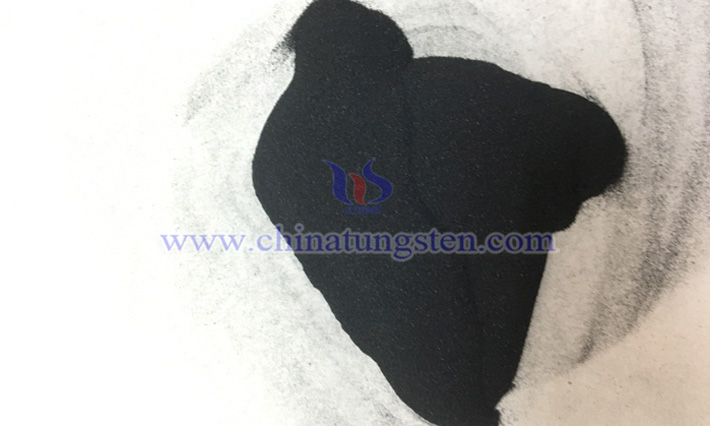
Surface morphology
Different surface morphologies, such as nanoparticles, nanowires, nanosheets, etc., will lead to differences in light absorption capacity and electron transfer rate. Nanowire-structured tungsten oxide, due to its unique one-dimensional structure, has a high aspect ratio, which can significantly enhance the scattering and absorption of light, increase the propagation path of light inside the material, and thus improve the efficiency of light utilization. Moreover, this structure also provides a more efficient channel for electron transmission, which is conducive to the separation and transmission of photogenerated electrons and holes, reduces their recombination, and thus improves the photocatalytic activity.
Surface physicochemical properties
Surface physicochemical properties of nanocrystals, such as oxygen vacancy concentration and active site density, have a significant impact on photocatalytic activity. In particular, the oxygen vacancy concentration and active site density vary on the surface of nanocrystals with different crystalline phases. Oxygen vacancies are an important surface defect that can capture photogenerated electrons and inhibit the recombination of electrons and holes, thereby extending the life of photogenerated carriers and improving photocatalytic activity. A higher active site density provides more places for the adsorption and reaction of organic pollutants, which can accelerate the reaction rate. Experiments show that by regulating the preparation conditions of tungsten oxide nanoparticles and increasing the oxygen vacancy concentration and active site density on their surface, their photocatalytic degradation performance for organic pollutants can be significantly improved.
Modification
In order to further improve the photocatalytic performance of tungsten oxide, researchers have adopted a variety of modification methods, such as constructing heterojunctions, doping with other elements, and compounding with other materials.
Constructing heterojunctions is an effective modification strategy. When tungsten oxide forms a heterojunction with other semiconductor materials, such as titanium dioxide (TiO₂) and zinc oxide (ZnO), due to the energy-level difference between the conduction band and the valence band of different semiconductors, the photogenerated carriers can be transferred from a higher energy level to a lower energy level. This transfer process can effectively separate electrons and holes, reduce their recombination, and thus improve the photocatalytic efficiency. In the TiO₂/WO₃ heterojunction system, photogenerated electrons can be transferred from the conduction band of WO₃ to the conduction band of TiO₂, while holes are transferred from the valence band of TiO₂ to the valence band of WO₃, so that photogenerated carriers can participate in the photocatalytic reaction more effectively, enhancing the degradation ability of organic pollutants.
Doping with other elements is a crucial approach to enhance the photocatalytic performance of tungsten oxide. For instance, introducing metal elements like molybdenum (Mo) or non-metal elements such as nitrogen (N) into the tungsten oxide lattice can modify its electronic and crystal structures. Molybdenum doping, in particular, can narrow the bandgap of tungsten oxide, enhancing its visible-light absorption capacity. Moreover, doping can introduce new active sites, facilitating the separation and transfer of photogenerated carriers, thus further improving the photocatalytic performance.
- Tungsten Oxide Manufacturer & Supplier, Chinatungsten Online: www.tungsten-oxide.com
- Tungsten News & Prices of China Tungsten Industry Association: www.ctia.com.cn
- Molybdenum News & Price: news.molybdenum.com.cn
- Tel.: 86 592 5129696; Email: sales@chinatungsten.com



 sales@chinatungsten.com
sales@chinatungsten.com